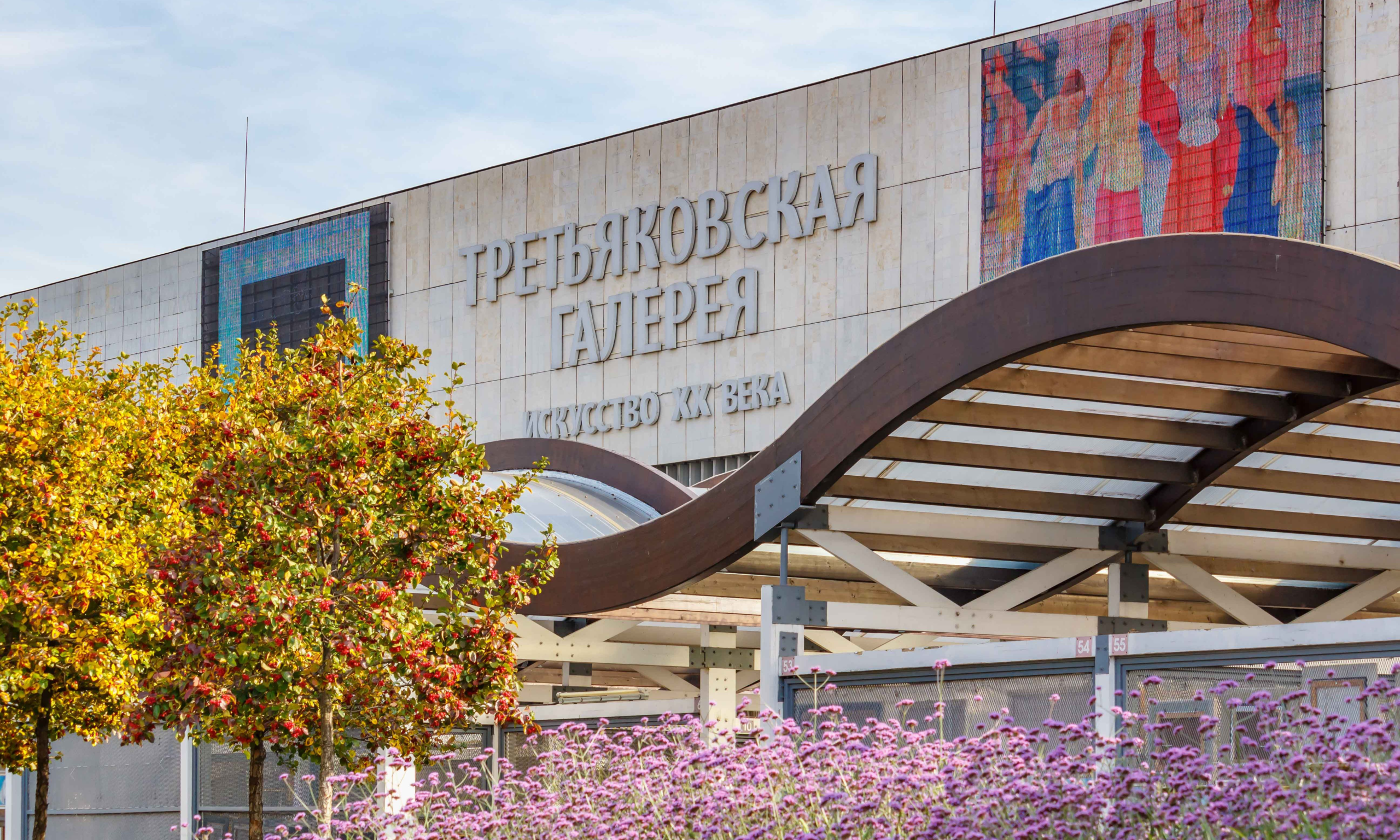The New Tretyakov Gallery is home to the bulk of the museum’s collections of 20th and 21st-century art
Photo: Vladimir Zhupanenko
More than 200 Russian curators and art historians, both in the country and in exile, have written an open letter claiming that Moscow’s State Tretyakov Gallery has “liquidated” its contemporary art department, following a restructure that saw it merged into a broader department of art of the second half of the 20th and 21st centuries. The move, the letter states, is a “gross and inexcusable mistake”.
The contemporary art department—known as the department of modern trends—was created in 2001, developed primarily from artist and donor gifts. Last week, the museum announced that it was to be combined with the Moscow museum’s 20th century art department, which includes both avant-garde and Soviet Socialist Realist art, and the “experimental art fund”, set up in the 1980s to focus on emerging work, to form the new department.
The protest letter—which was coordinated by Andrei Erofeev, who ran the department of modern trends for six years from 2002—warned that the restructuring is comparable to the early Soviet dismemberment of the Tretyakov’s contemporary collections. In the 1930s, with Soviet culture under Stalin’s grip, avant-garde works of the 1910s-20s were eliminated from the museum’s displays, with many, the letter suggests, lost in the process.
“A similar fate may await the exhibits of the current department of modern trends,” it states. “After all, many hundreds of donated works are still being processed. The liquidation of the division would disrupt this process. It will also stop the work on replenishing the collection with works by new generations of Russian artists. No less important a consequence of this act will be the disappearance of a team of experienced specialists. Their work in researching and exhibiting the history of contemporary art is appreciated by the international museum community.”
Contemporary art in Russia, long a target of Kremlin censorship and nationalist protest, has been under increasing pressure from censorship and political repression following Russia’s February 2022 full-scale invasion of Ukraine. Erofeev was fired by the Tretyakov in 2008 after he was charged with stirring up religious hatred in connection with a contemporary art exhibition that he had curated at Moscow’s now-closed Sakharov Museum and Public Center.
In an earlier statement on its official Telegram channel, the Tretyakov denied that it was eliminating contemporary art: “The Tretyakov Gallery will certainly continue to deal with contemporary art both in exhibition practice and in the sphere of acquisition of funds.”
The museum, in an email to The Art Newspaper, said it was “not providing any additional comments at this time”. It referred to a recent interview with Tatyana Karpova, its deputy director for research, in Rossiiskaya Gazeta, an official government newspaper—in which the restructuring is discussed.
“I see no reason to worry,” Karpova said in the interview. She said that the merger was needed for among other things to simplify the cataloguing process, and the process of putting together retrospectives, adding “it is more convenient for this to be done by curators of one department rather than three”.
In a Facebook post last week, Erofeev claimed that the reshuffle puts some 3,000 works from the modern trends collection at risk, because they were not properly registered as part of museum’s official “collection fund” and therefore “the museum is not obliged to store [them]”. Referencing the fact that the new department will be overseen by 20th-century specialists—focused on painting and “not trained in the specifics of the genre of art object, installation, performance, art photography”—he says he feels “nothing will be done” to protect the endangered works.
Marat Guelman, a Moscow contemporary art gallery pioneer and former political operative who left for Montenegro in 2014, left a major donation of works to the museum in 2019, including an installation by Ilya and Emilia Kabakov and works by Vladimir Dubossarsky. He told The Art Newspaper that he hopes that staff will hide his gift “away from the bosses”. On whether his gift may be returned he says: “It is unlikely: the things are too valuable.”
The Tretyakov’s current director, Elena Pronicheva, who was appointed in 2023 and whose father had been a top official of the Federal Security Service (FSB) under Vladimir Putin, has not commented on the museum reshuffle.

